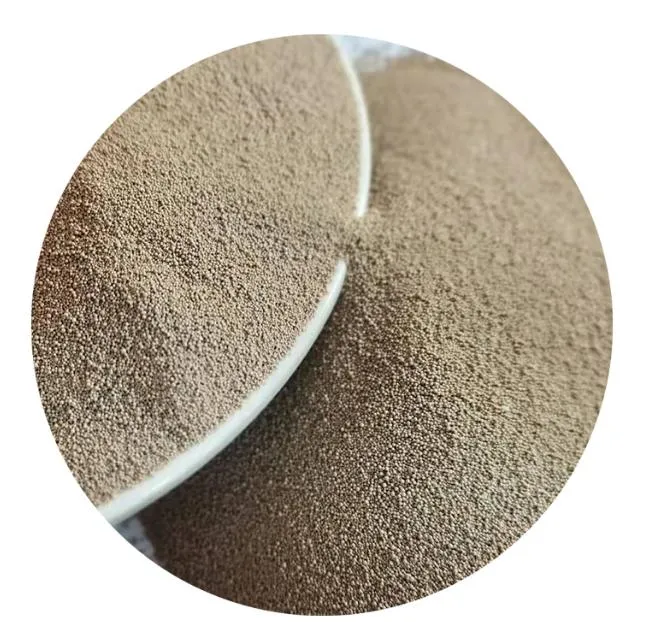

Melting and pouring require technical expertise and meticulous control. The choice of metal—whether aluminum, iron, bronze, or any other alloy—dictates the furnace type and melting method. Experienced foundry workers use precise temperature controls to ensure the metal reaches a uniform molten state without impurities that could affect the final product's quality. Once the metal reaches the required state, it is carefully poured into the mold. Pouring demands precision to prevent turbulence which can trap air in the molten metal, a common cause of weak points in the final casting. As the metal solidifies, it conforms perfectly to the mold's intricate details, capturing every nuance designed by the pattern makers. Upon cooling, the mold is dismantled to retrieve the freshly cast metal object. While the sand mold is often a one-time use, it offers flexibility and affordability, qualities that contribute to sand casting's enduring popularity. Any excess metal along the gates and risers is removed in a process known as fettling, followed by surface finishing techniques to achieve the desired texture and dimensional accuracy. Quality control is the final phase, where castings undergo rigorous inspections. Techniques range from visual inspections to advanced non-destructive testing methods like X-ray and ultrasonic testing, ensuring the integrity and reliability of each part. For industries seeking production methods that combine time-honored reliability with modern precision, sand casting offers an authoritative and versatile solution. The expertise required at each step—from design to the final inspection—underscores its role as a trusted method in producing components for automotive, aerospace, and large-scale industrial applications. The sustainable nature of the sand and the potential recycling of metal make it an environmentally considerate choice, aligning with contemporary demands for greener manufacturing solutions. Post time:1 月 . 14, 2025 11:08
Next:Ceramcast sand ball shape for sand casting
